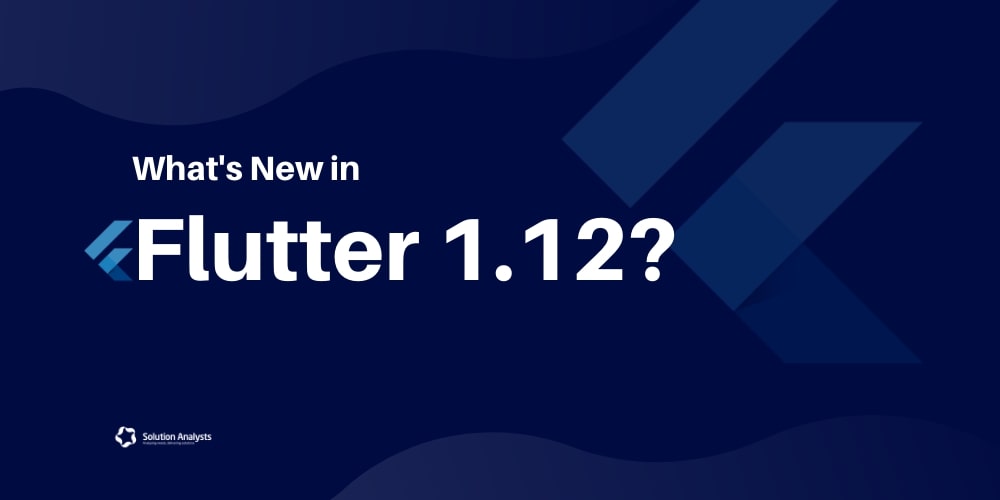Flutter vs React Native: Which One To Choose For Mobile App Development?
When it comes to developing a futuristic cross-platform app, two platforms have created a buzz among developers and entrepreneurs alike. One of them is supported by Facebook and the other is backed by Google. Yes, they are React Native and Flutter platforms, which have changed the face of mobile app development.
If you are confused between these two highly sought-after technologies and have no idea about which platform is more suitable for your upcoming app project, then this blog is for you. Here we are going to compare Flutter and React Native to find a more plausible cross-platform mobile app development framework. As both these platforms have gained enough fame, they no longer need any introduction. So, we will start their comparison by listing some salient features.
Major Features of Flutter App Development
Here are the key features of the Flutter framework for developing cross-platform apps.
– Minimal, reusable code
– Hot Reload
– Widgets-based development
– Easy-to-integrate native features
– Single codebase
– Higher customization
Major Features of React Native App Development
Here are the special features of the React Native framework to build cross-platform apps.
– UI focus
– Third-party library support
– Code reuse
– Live Reload
– NPM Package Manager
Listing of top features may not help you find the right platform for your cross-platform app development project. Let’s have a head-to-head comparison between Flutter and React Native from the developer’s perspective. React Native has gained ground since its launch and Flutter has started getting popularity in a short time of arrival. Android app development companies have started adopting the Flutter framework swiftly across the world.
As per a Stackoverflow survey in 2019, React Native has got a 62.5% preference score whereas Flutter has a 75.4% preference score as the Most Loved and Wanted Framework. Let’s go through a detailed comparison between them. We will compare them in four important aspects- development method, architecture, UI components, and performance.









